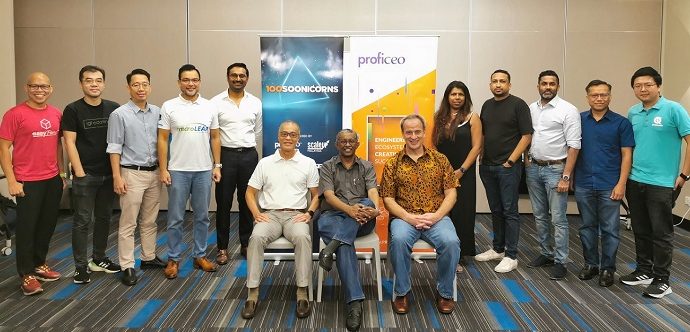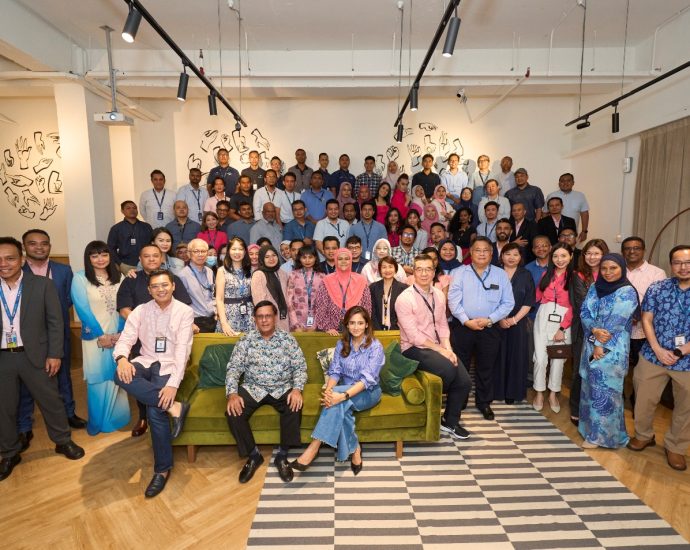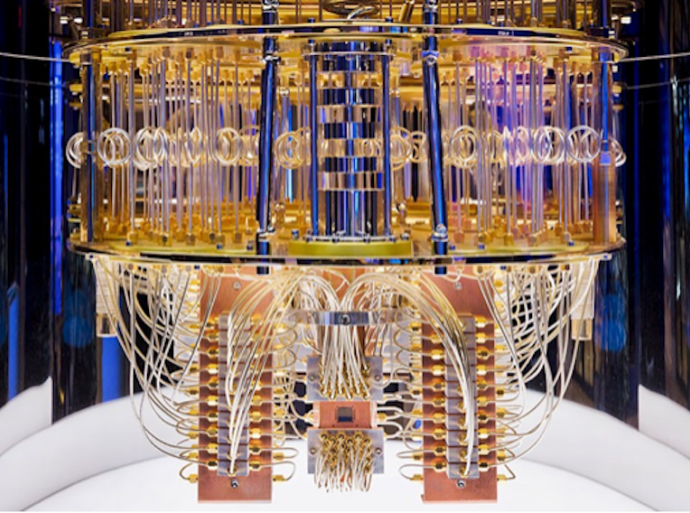Endeavor selects Malaysian fintech CapBay as part of its global high-impact entrepreneurial network
CapBay uses a proprietary credit-scoring algorthm to conenct investors, banks, SMEs
Receive strategic services, mentorship, networking opportunities with potential investors
Endeavor, the global platform established to nurture high-impact entrepreneurs, has chosen Malaysian fintech CapBay in its latest selection, announced at the 40th Virtual International Selection Panel. “CapBay’s founders are an impressive group with a…Continue Reading















